Home>Home Appliances>Laundry Appliances>How To Unlock A Washing Machine
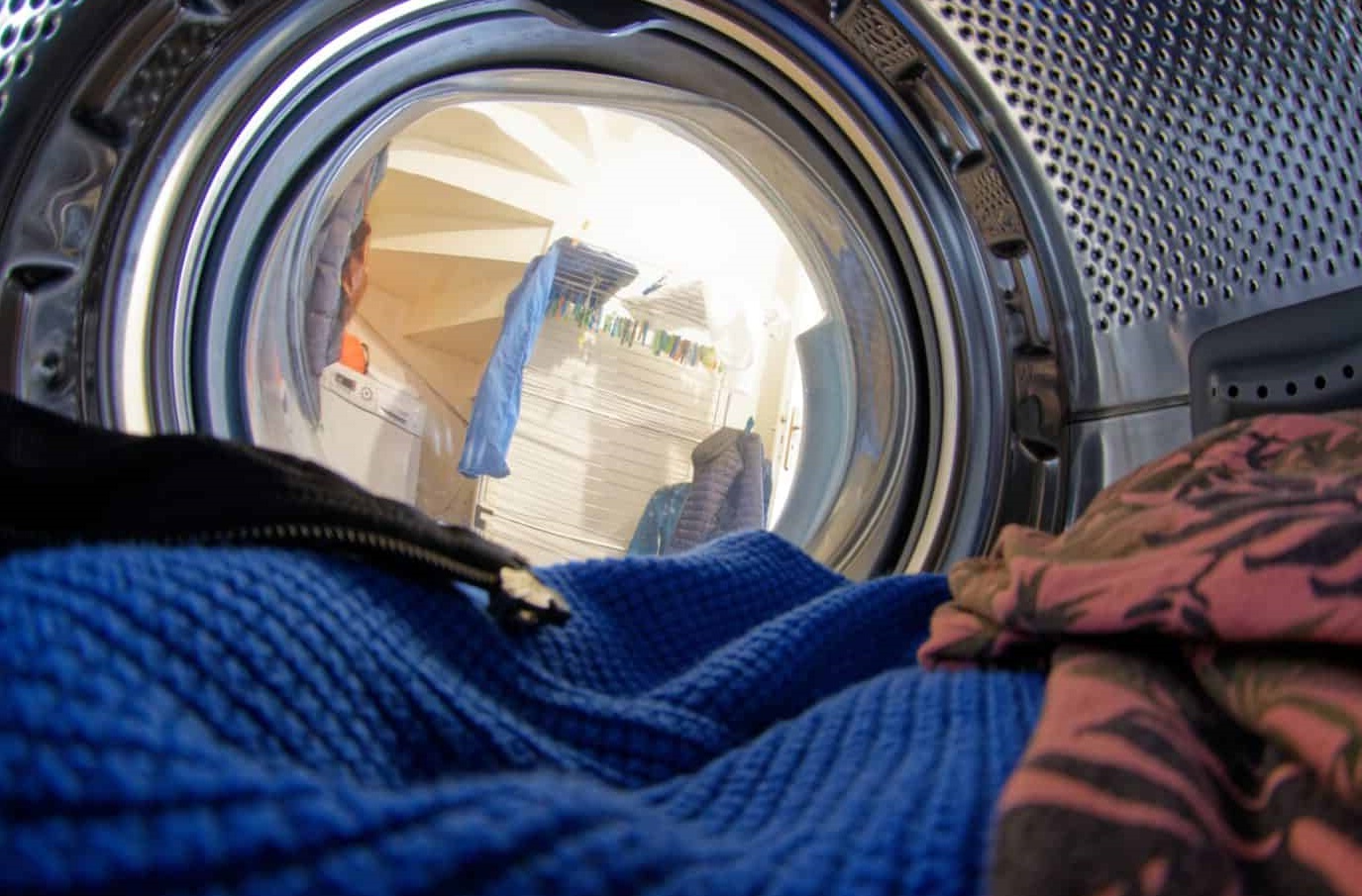

Laundry Appliances
How To Unlock A Washing Machine
Published: February 22, 2024
Learn how to unlock a washing machine and troubleshoot common issues with laundry appliances. Get expert tips and solutions for a hassle-free laundry experience.
(Many of the links in this article redirect to a specific reviewed product. Your purchase of these products through affiliate links helps to generate commission for Storables.com, at no extra cost. Learn more)
Common Reasons for a Locked Washing Machine
A locked washing machine can be a frustrating inconvenience, disrupting your laundry routine. Understanding the common reasons behind this issue can help you troubleshoot and resolve it effectively. Here are some prevalent causes for a locked washing machine:
-
Unfinished Cycle: One of the most common reasons for a locked washing machine is an unfinished cycle. Modern washing machines are equipped with safety features that prevent the door from being opened while a cycle is in progress. This is to avoid potential hazards and ensure optimal washing performance. If the cycle hasn't completed, the door lock mechanism will remain engaged, preventing you from opening the door.
-
Water Level: In some cases, a high water level inside the washing machine can trigger the door lock mechanism to engage. This safety feature prevents water from spilling out when the machine is full. If the water hasn't drained properly or there's a malfunction in the water level sensor, the door may remain locked.
-
Faulty Door Lock: A malfunctioning door lock mechanism can also lead to a locked washing machine. Over time, the door lock assembly may experience wear and tear, causing it to fail in releasing the door latch. Additionally, electrical or mechanical issues within the door lock can result in a locked door, even when the cycle has finished.
-
Power Interruptions: Sudden power outages or interruptions during a washing cycle can cause the machine to become locked. This is a safety feature designed to prevent the door from opening when the machine loses power mid-cycle. While this feature is essential for safety, it can be frustrating when trying to access the laundry inside.
-
Electronic Malfunctions: Modern washing machines are equipped with electronic control boards that manage various functions, including the door lock mechanism. If the control board experiences a malfunction or failure, it can lead to a locked washing machine. Electronic glitches or errors in the control system can prevent the door from unlocking, even after the cycle has completed.
Understanding these common reasons for a locked washing machine can empower you to troubleshoot the issue effectively. By identifying the underlying cause, you can take the necessary steps to manually unlock the machine or address any mechanical or electronic issues that may be contributing to the problem.
Key Takeaways:
- Don’t panic if your washing machine is locked! It could be due to an unfinished cycle, high water level, faulty door lock, power interruptions, or electronic malfunctions. Understanding the cause can help you troubleshoot effectively.
- To unlock a washing machine, follow simple steps like checking the power supply, inspecting the control panel, waiting for the cycle to complete, draining excess water, using the emergency release, and inspecting the door lock mechanism. If all else fails, seek professional help.
Read more: How To Unlock A Samsung Washing Machine
Steps to Manually Unlock a Washing Machine
When faced with a locked washing machine, it's essential to know how to manually unlock it to resume your laundry tasks. Here are the steps to follow to unlock a washing machine manually:
-
Check the Power Supply: Before attempting to unlock the washing machine, ensure that it is disconnected from the power source. This precautionary measure is crucial for safety and prevents any electrical mishaps during the unlocking process.
-
Inspect the Control Panel: Look for a "Pause" or "Cancel" button on the control panel of the washing machine. Pressing this button may initiate the unlocking process, especially if the machine has paused mid-cycle. If successful, the door lock should disengage, allowing you to open the door and access your laundry.
-
Wait for the Cycle to Complete: If the washing machine is in the midst of a cycle, allow it to finish. Once the cycle has completed, the door lock mechanism should release automatically, enabling you to open the door and remove your laundry.
-
Manually Drain the Water: In situations where the door remains locked due to a high water level, manually draining the water can help release the door lock. Refer to the washing machine's user manual to locate the drainage hose or access the drainage filter. By draining the excess water, you can alleviate the pressure on the door lock mechanism, facilitating its release.
-
Use Emergency Release: Some washing machines are equipped with an emergency release feature to unlock the door in case of an emergency or mechanical failure. Refer to the user manual or the manufacturer's guidelines to locate and utilize the emergency release mechanism. This can provide a safe and effective way to unlock the door when other methods are unsuccessful.
-
Inspect the Door Lock Mechanism: If the above steps do not unlock the washing machine, it may be necessary to inspect the door lock mechanism for any obstructions or malfunctions. Carefully examine the latch and surrounding components to ensure that they are functioning properly. If any issues are identified, consult the user manual for guidance on troubleshooting or seek professional assistance if needed.
By following these steps, you can effectively address a locked washing machine and regain access to your laundry. However, if the issue persists or if you encounter difficulties during the unlocking process, it is advisable to seek assistance from a qualified technician to diagnose and resolve any underlying mechanical or electronic issues.
If your washing machine is locked, try unplugging it for a few minutes and then plugging it back in. This can reset the machine and unlock the door. If that doesn’t work, consult the user manual for specific instructions on how to unlock the door.
Using the Emergency Release to Unlock a Washing Machine
In situations where standard unlocking methods prove ineffective, utilizing the emergency release feature can provide a viable solution to unlock a washing machine. The emergency release mechanism is designed to override the standard door lock function, allowing users to open the door in case of an emergency or mechanical failure. Here's a detailed guide on how to use the emergency release to unlock a washing machine:
-
Refer to the User Manual: The first step is to consult the washing machine's user manual or the manufacturer's guidelines to locate the emergency release mechanism. Manufacturers often provide specific instructions on accessing and utilizing the emergency release, ensuring that users can safely unlock the machine when necessary.
-
Identify the Emergency Release Lever or Cord: Depending on the washing machine model, the emergency release may be accessible through a lever, cord, or tab located near the door seal or within the machine's housing. Carefully inspect the area around the door and inside the machine to locate the emergency release mechanism.
-
Activate the Emergency Release: Once the emergency release mechanism is located, follow the manufacturer's instructions to activate it. This may involve pulling a designated lever, cord, or tab in a specific manner to disengage the door lock. It's essential to exercise caution and adhere to the provided guidelines to prevent any damage to the machine or potential safety hazards.
-
Open the Door Safely: After activating the emergency release, gently attempt to open the washing machine door. If the emergency release has been successfully engaged, the door lock should disengage, allowing you to open the door without resistance. Exercise care when opening the door to avoid any potential spillage or mishaps, especially if the machine was in the midst of a washing cycle.
-
Addressing the Underlying Issue: Once the door is unlocked, it's important to address the underlying cause of the lockout. Whether it's a mechanical malfunction, electronic error, or other issues contributing to the locked door, consider conducting a thorough inspection of the machine or seeking professional assistance to diagnose and resolve the problem effectively.
By understanding and utilizing the emergency release feature, users can effectively unlock a washing machine when standard methods are ineffective. However, it's crucial to approach the emergency release process with care and follow the manufacturer's instructions to ensure safety and prevent any potential damage to the machine. If uncertainties or difficulties persist, seeking guidance from a qualified technician can provide further assistance in resolving the issue.
Troubleshooting Electronic Locks on Washing Machines
Modern washing machines are equipped with electronic door lock mechanisms that play a crucial role in ensuring user safety and optimal laundry performance. However, electronic locks can sometimes encounter issues that result in the door remaining locked, causing inconvenience for users. Troubleshooting electronic locks on washing machines involves a systematic approach to identify and address potential electronic malfunctions or errors. Here are the steps to effectively troubleshoot electronic locks on washing machines:
-
Power Cycle the Washing Machine: Begin the troubleshooting process by power cycling the washing machine. Turn off the machine and unplug it from the power source for a few minutes. This action can help reset the electronic control board and clear any temporary glitches that may be affecting the door lock mechanism.
-
Inspect the Control Panel: Check the control panel for any error codes or indicators related to the door lock. Modern washing machines often display error codes to indicate specific issues. Refer to the user manual to interpret the error codes and understand the potential causes of the door lock malfunction.
-
Check the Door Lock Assembly: Carefully examine the door lock assembly for any visible signs of damage, wear, or loose connections. Ensure that the door lock components are securely in place and that the wiring harness is intact. Loose connections or damaged components can impede the proper functioning of the electronic lock.
-
Test the Door Lock Solenoid: The door lock solenoid is a critical component of the electronic lock system. Use a multimeter to test the continuity of the solenoid to determine if it is functioning correctly. If the solenoid fails the continuity test, it may need to be replaced to restore the proper operation of the door lock.
-
Inspect the Control Board: Electronic malfunctions related to the door lock mechanism can often stem from issues within the control board. Visually inspect the control board for any signs of damage, such as burnt components or visible defects. If possible, perform diagnostic tests on the control board to identify any errors or malfunctions.
-
Reset the Control Board: Some washing machines allow users to reset the control board to clear electronic errors. Refer to the user manual for instructions on how to initiate a control board reset. This action can help eliminate electronic glitches that may be causing the door lock to remain engaged.
-
Seek Professional Assistance: If the troubleshooting steps do not resolve the electronic lock issue, or if you are unsure about performing advanced diagnostics, it is advisable to seek professional assistance. Qualified technicians have the expertise and diagnostic tools to identify and address electronic malfunctions in washing machines effectively.
By systematically troubleshooting electronic locks on washing machines, users can identify and address potential electronic malfunctions that may be causing the door to remain locked. Understanding the electronic components and following the manufacturer's guidelines for troubleshooting can help restore the proper functioning of the door lock mechanism, ensuring a seamless laundry experience.
Frequently Asked Questions about How To Unlock A Washing Machine
Was this page helpful?
At Storables.com, we guarantee accurate and reliable information. Our content, validated by Expert Board Contributors, is crafted following stringent Editorial Policies. We're committed to providing you with well-researched, expert-backed insights for all your informational needs.
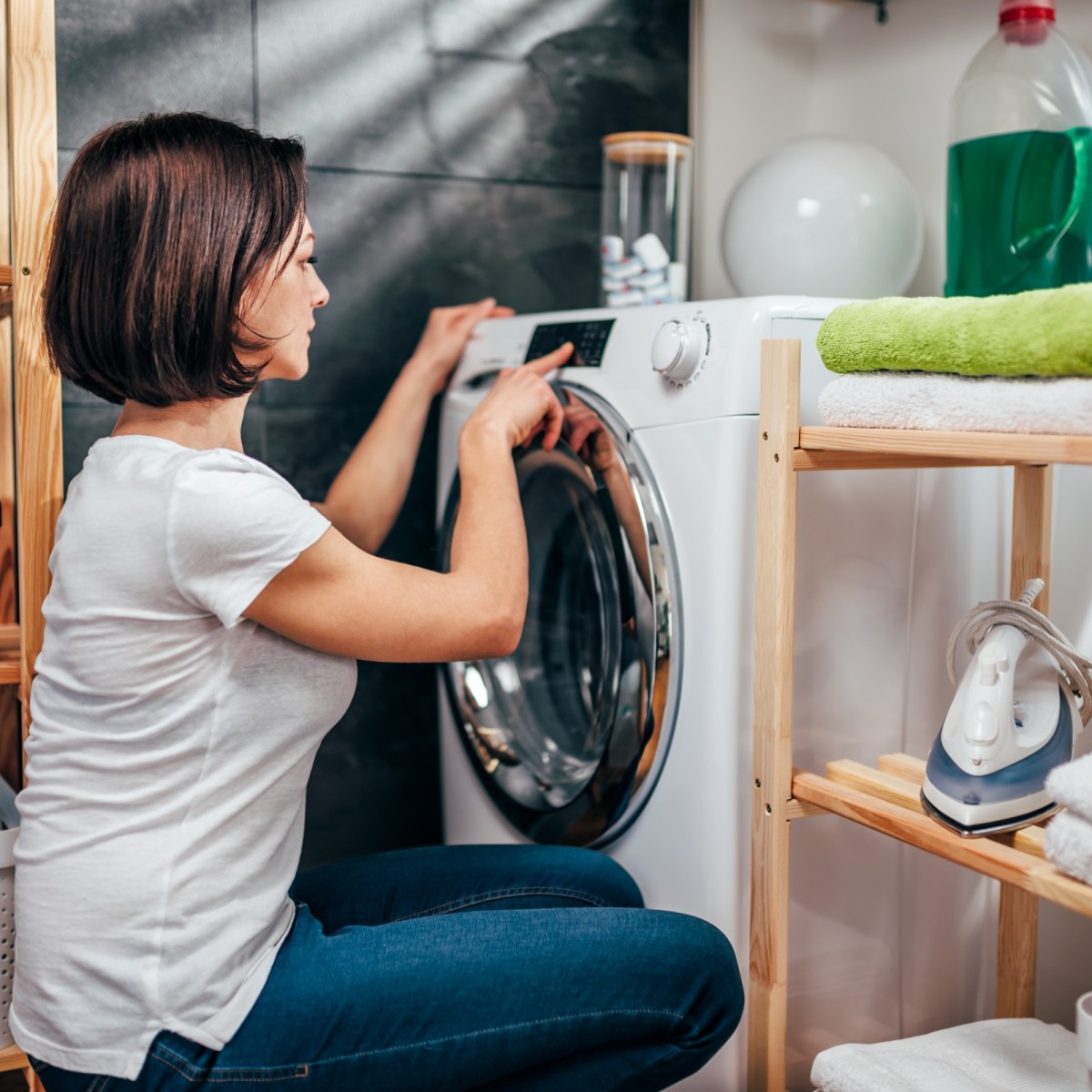
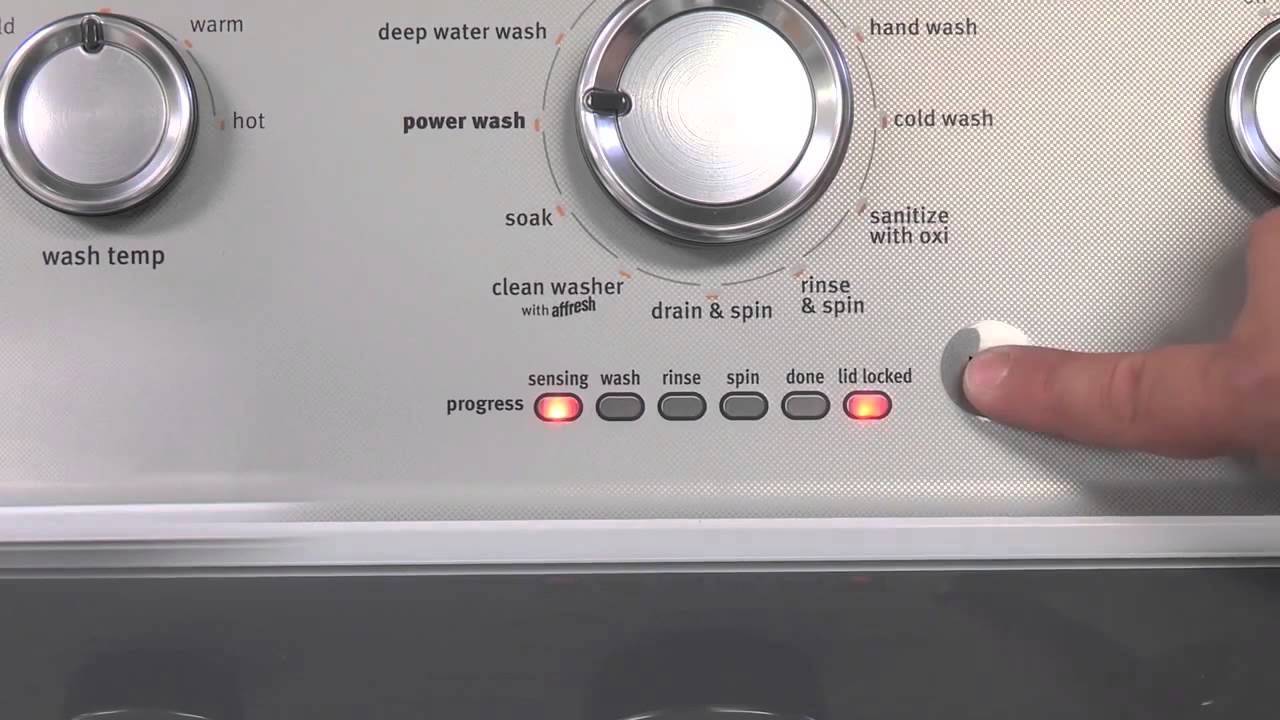
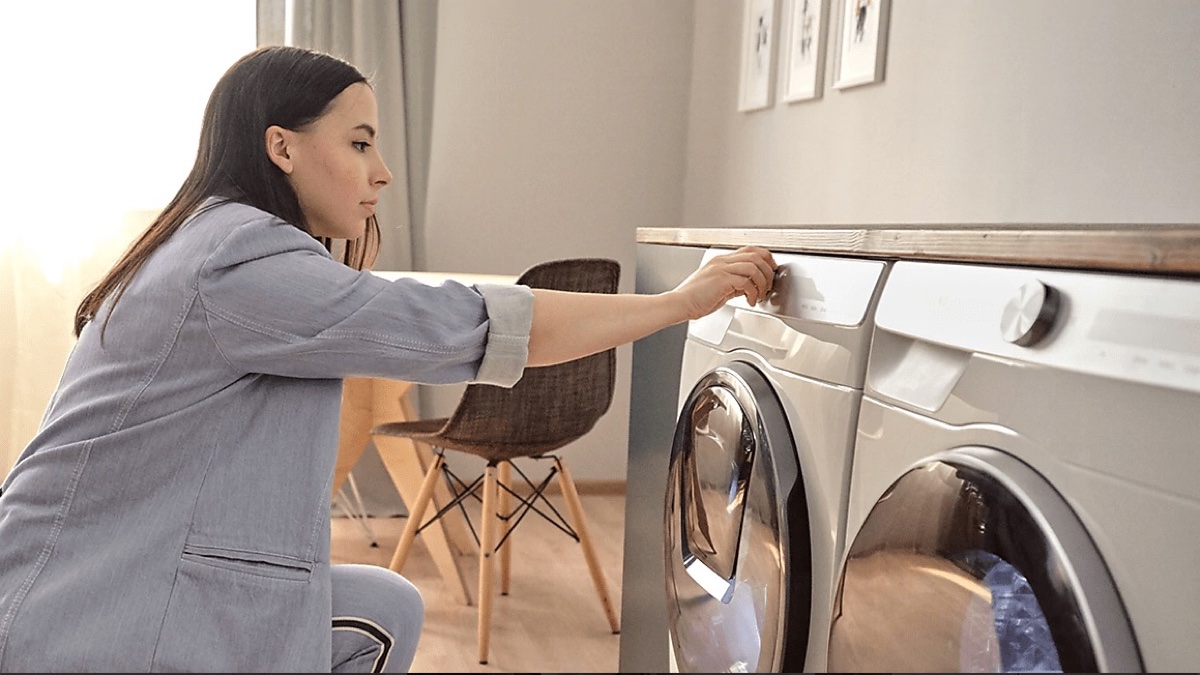
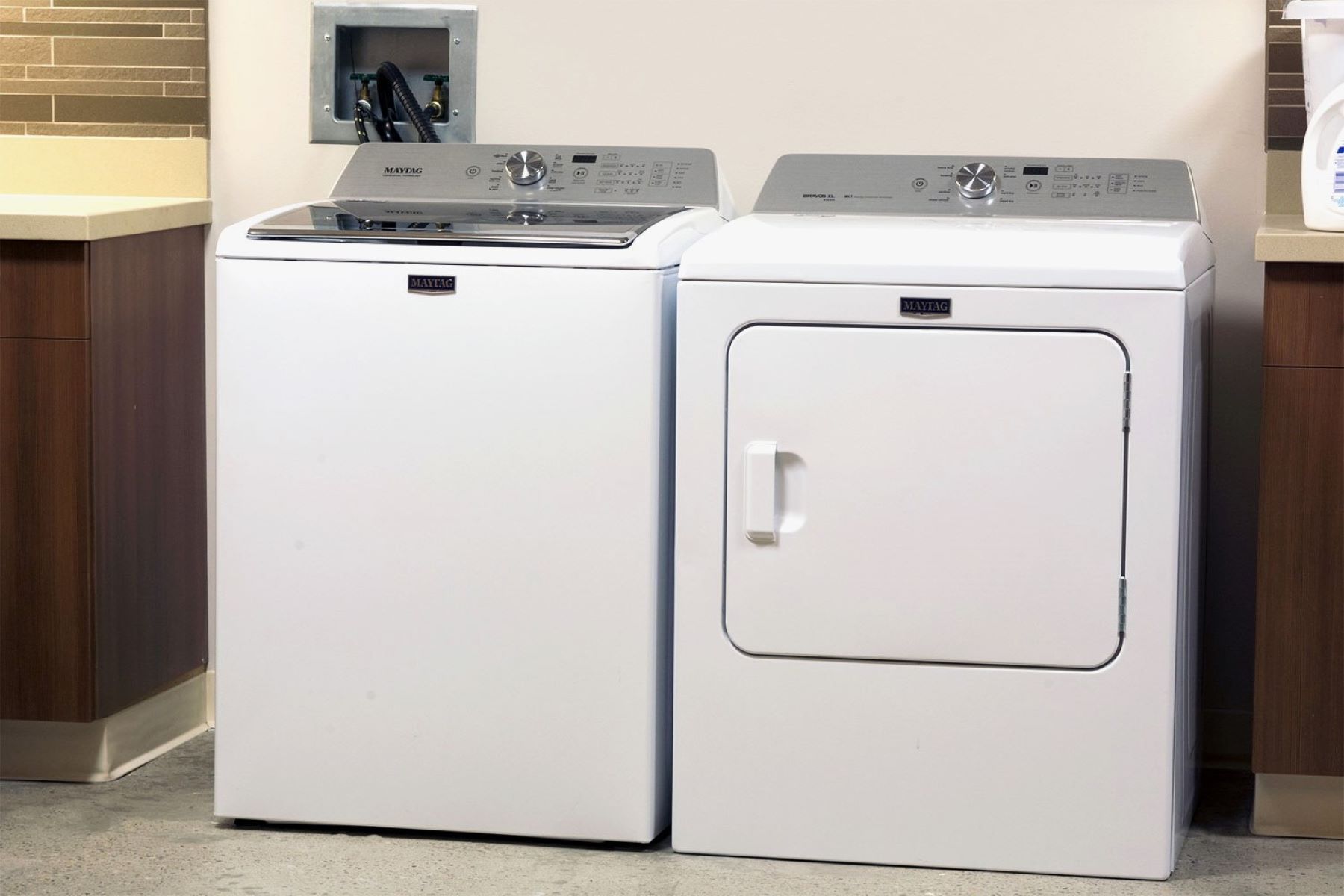
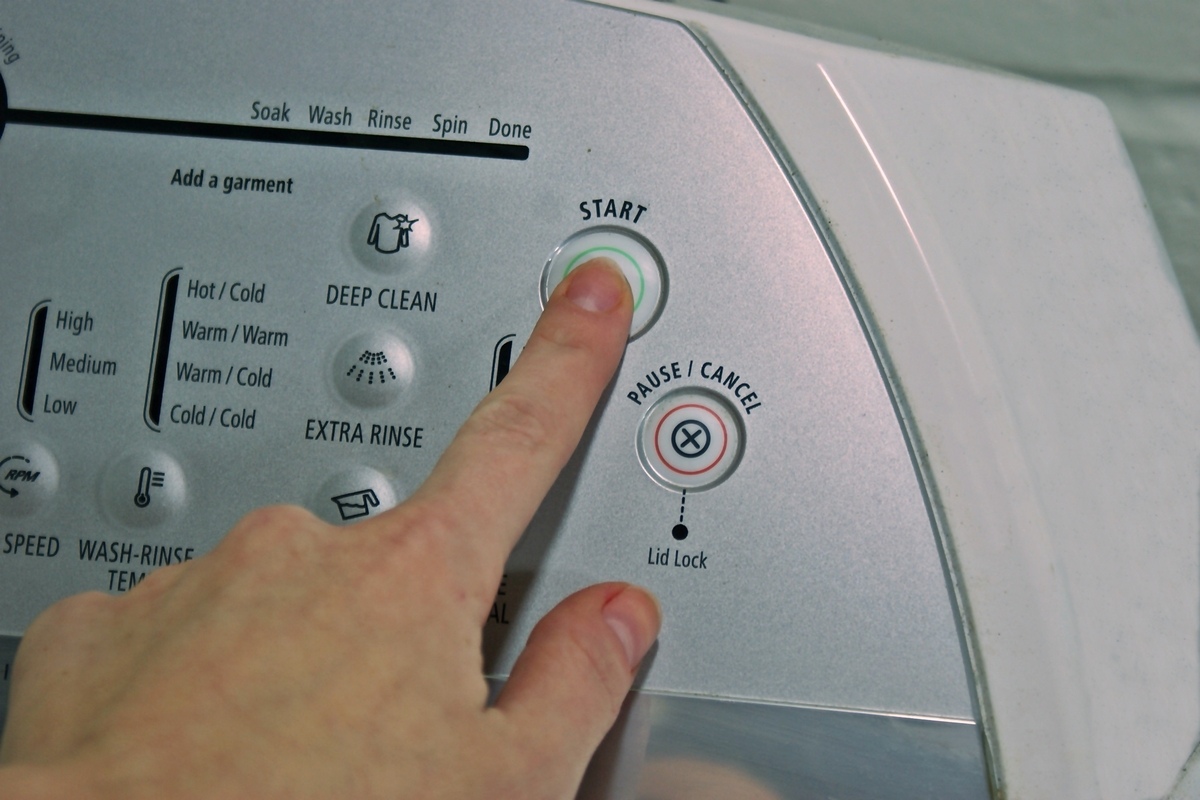
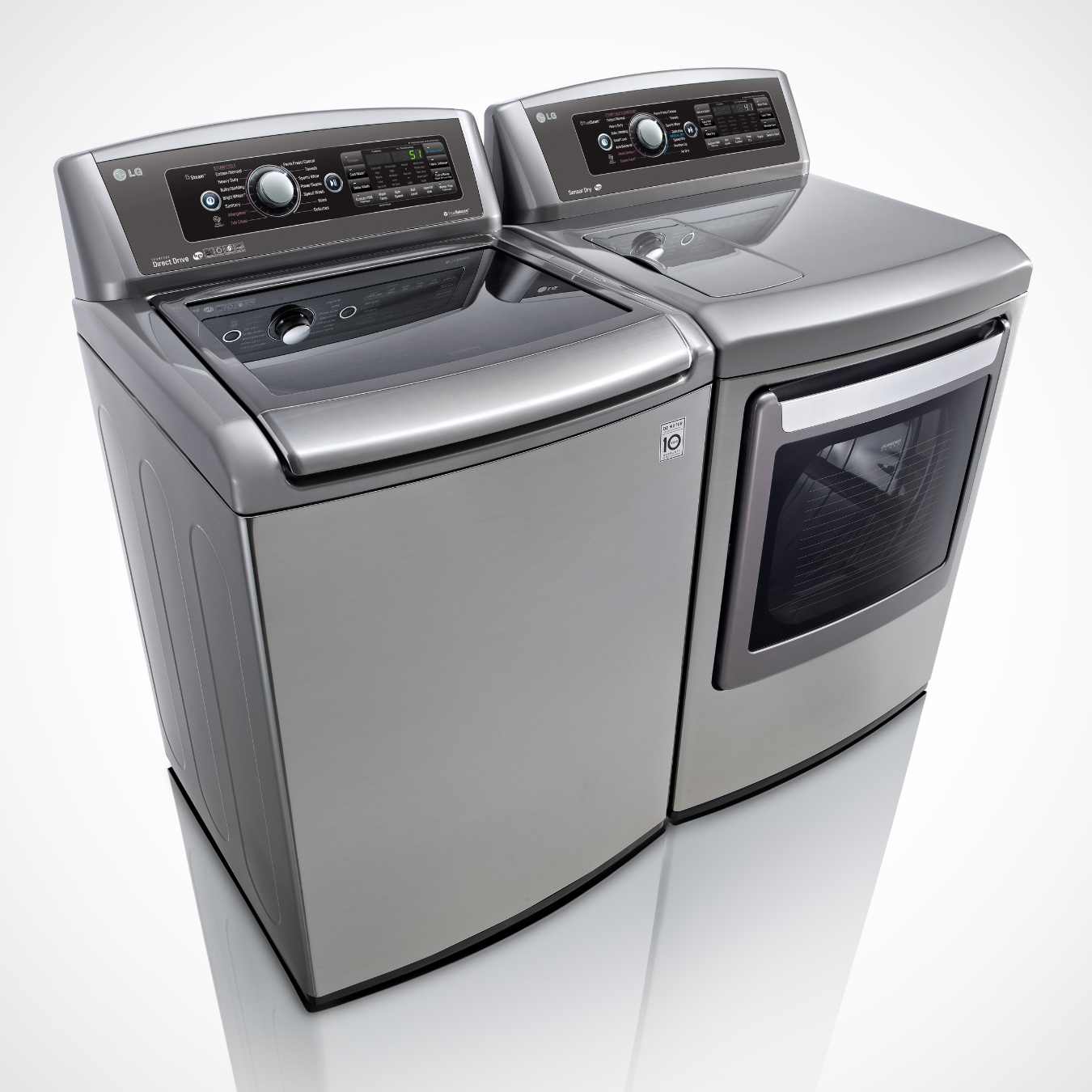
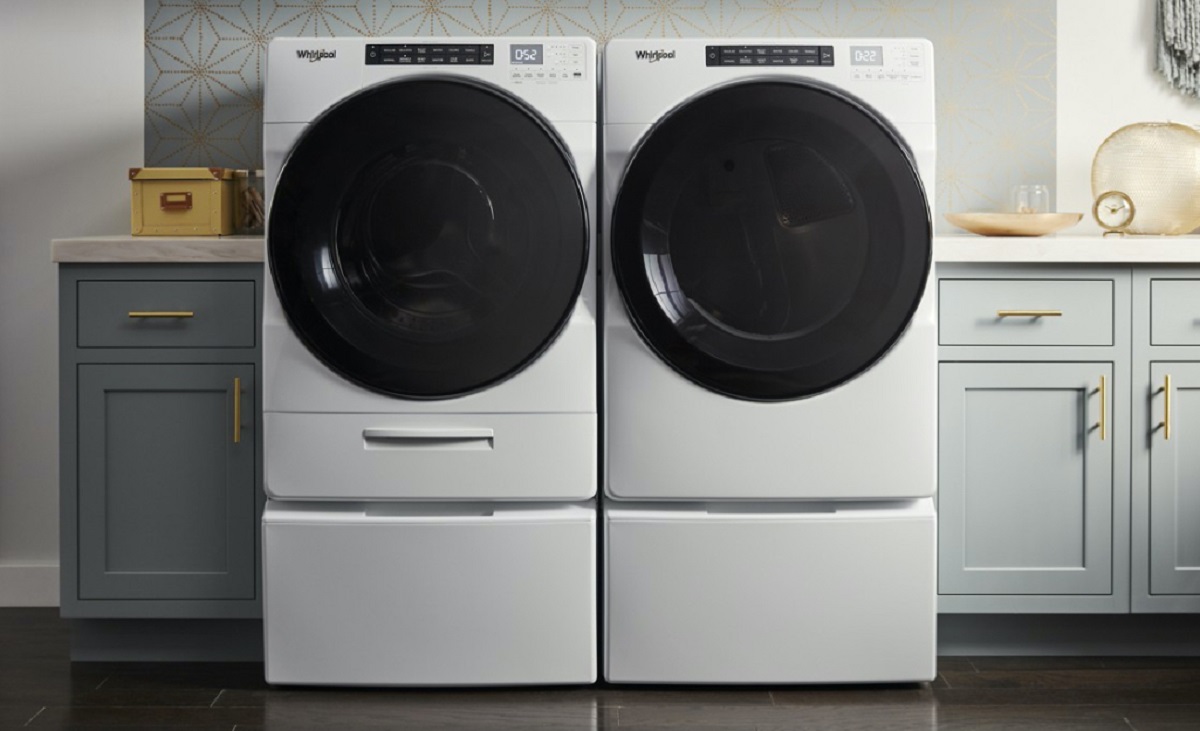
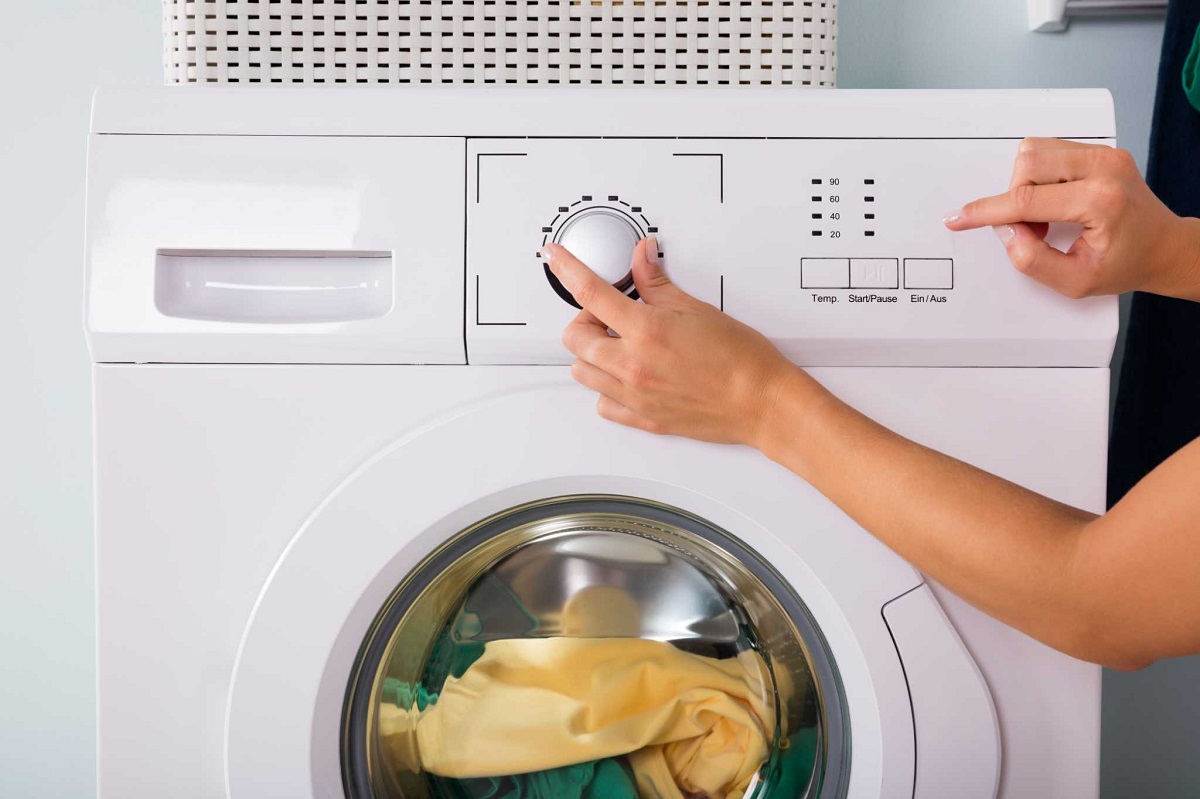
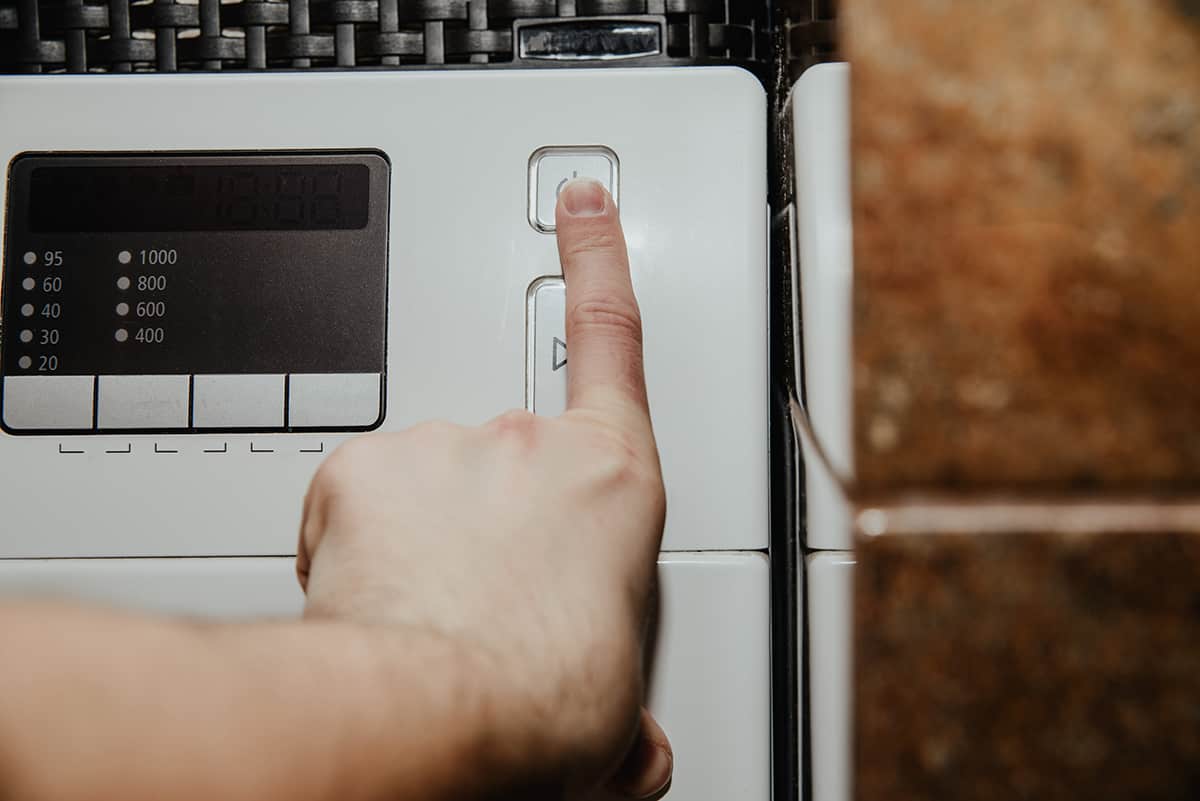
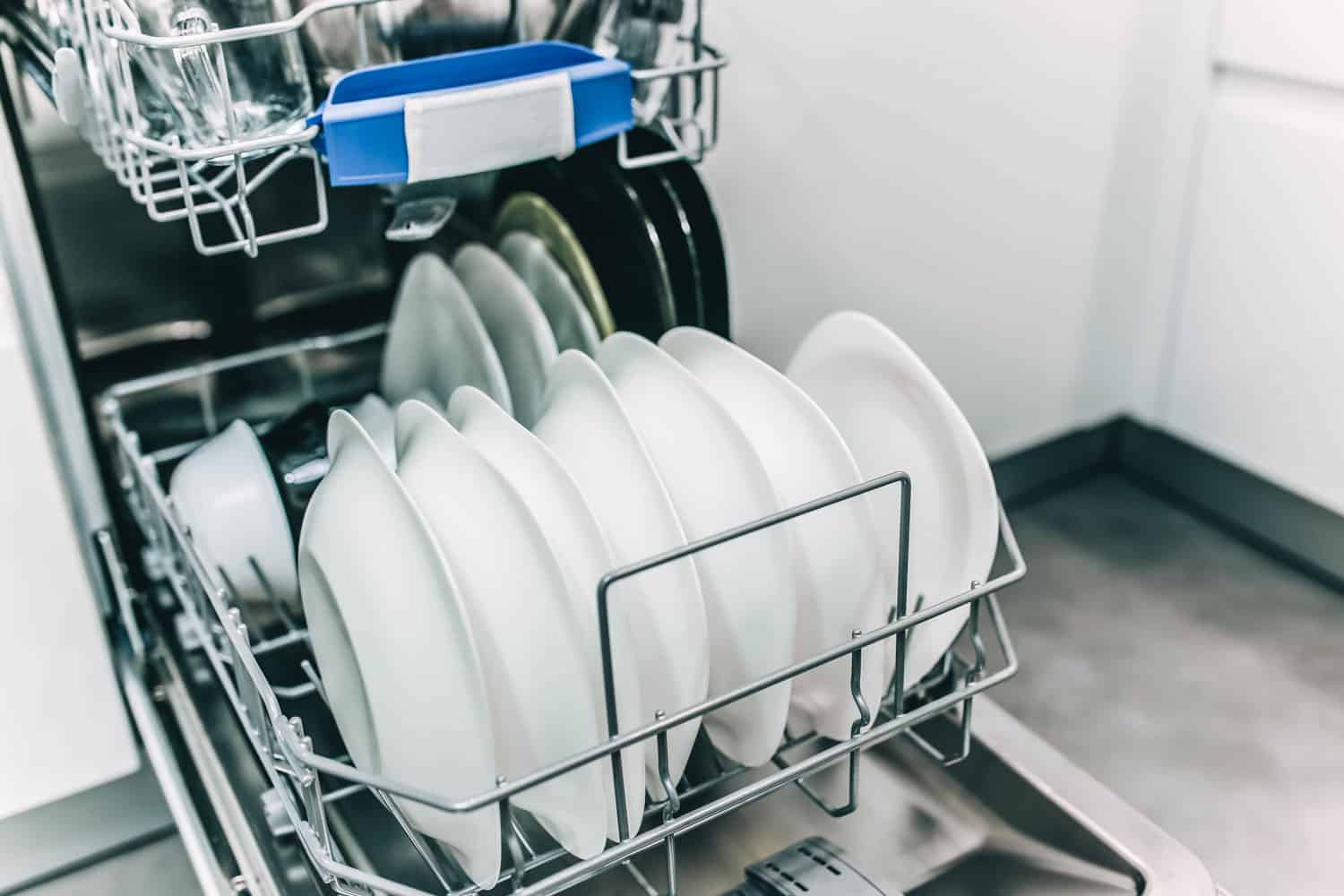
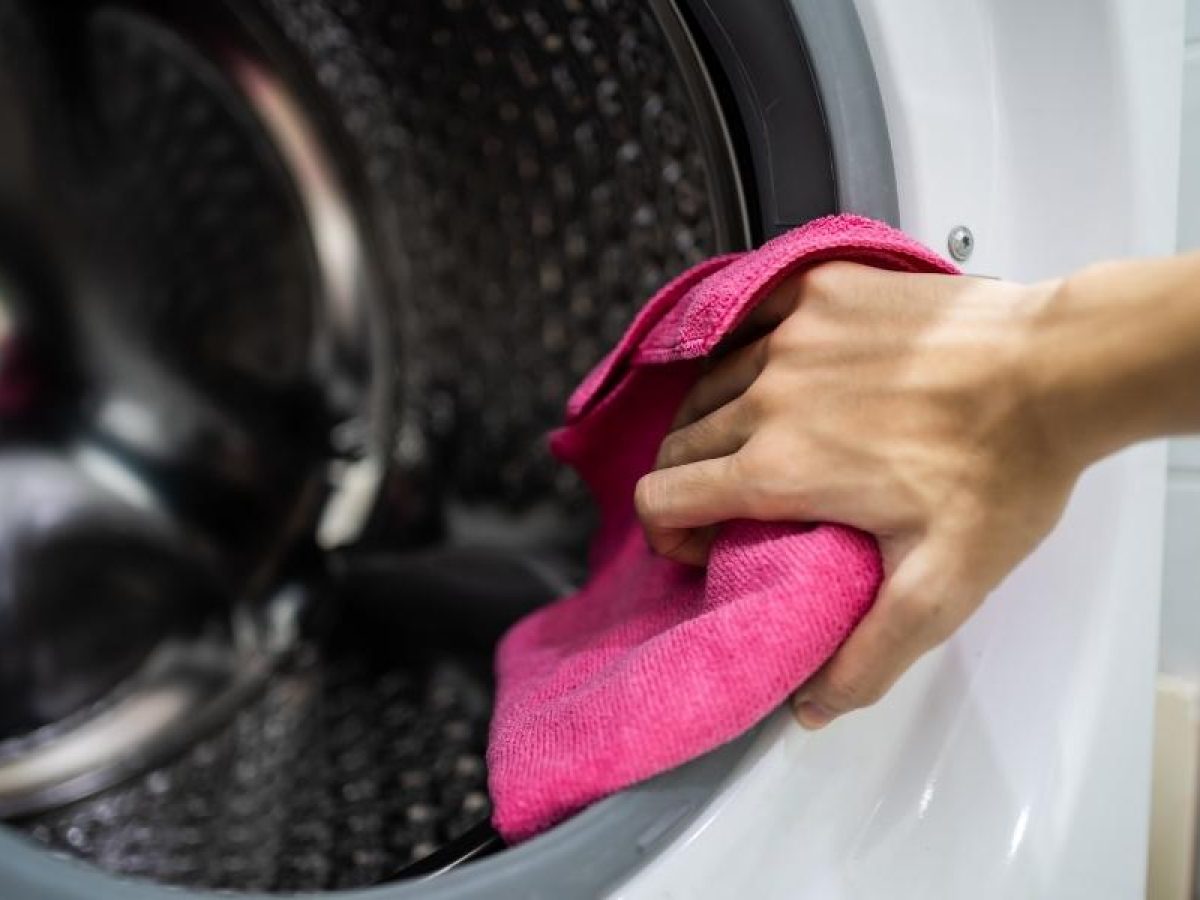
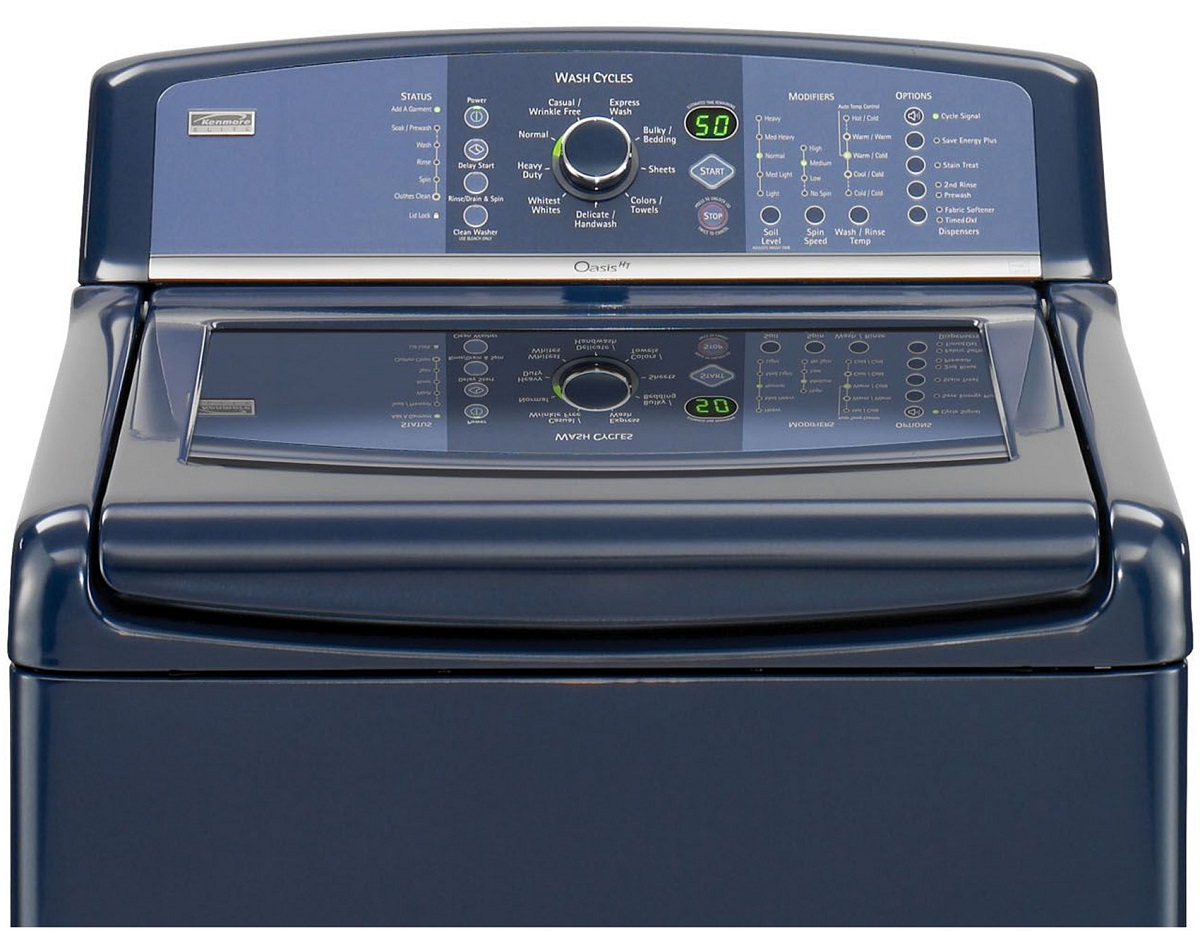
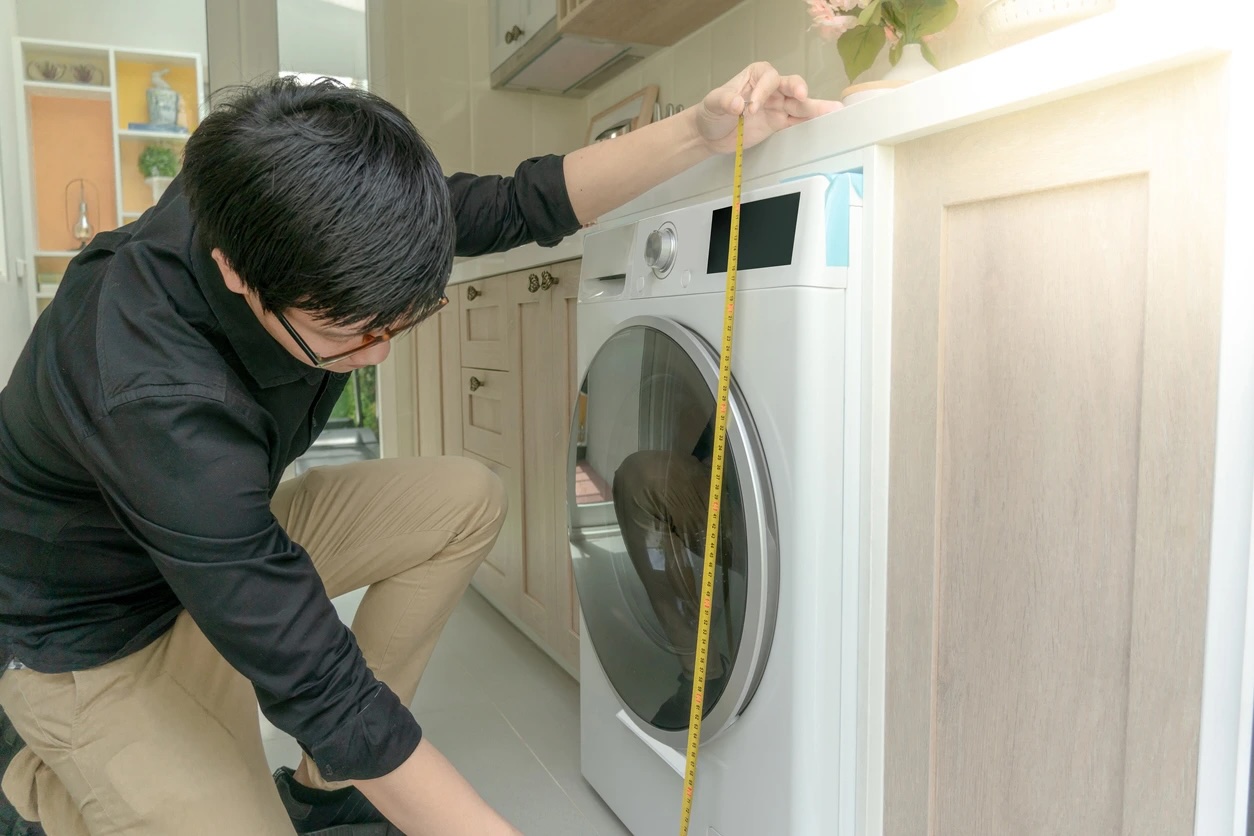
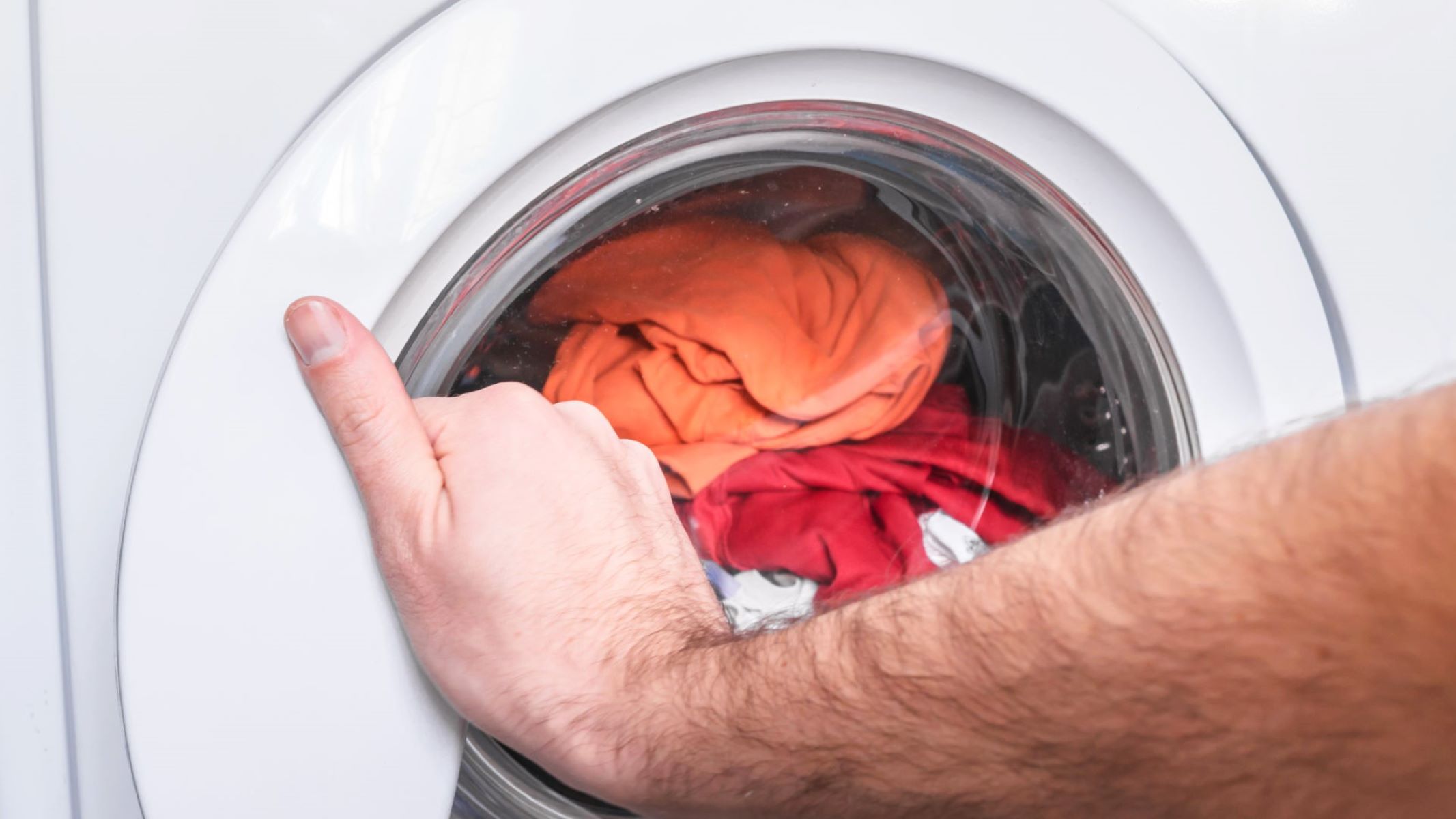


0 thoughts on “How To Unlock A Washing Machine”